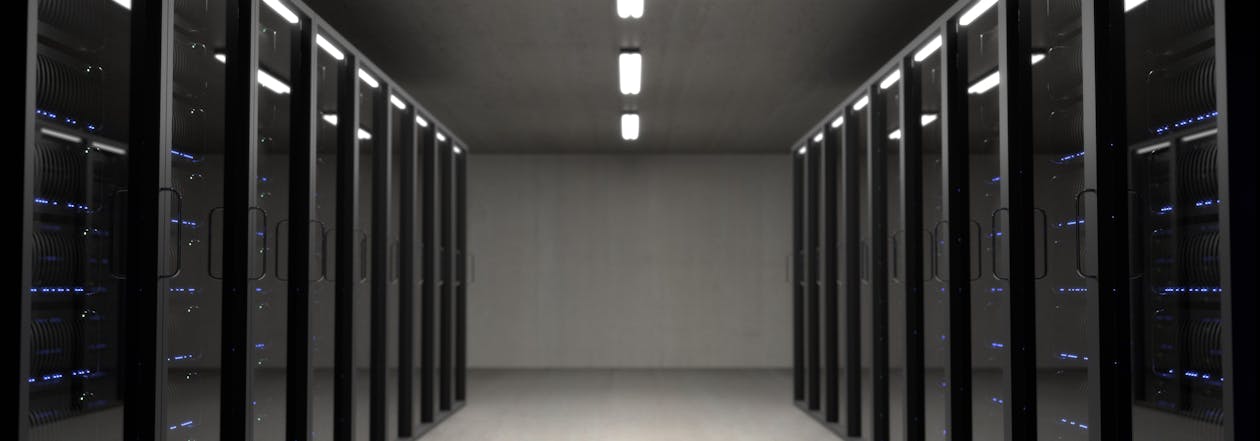Data is becoming one of today’s most critical business assets. As the world continues to fight the spread of the deadly coronavirus, data scientists are helping them stay one step ahead by big data analysis in tracking COVID-19 Symptoms and its Impact worldwide.
Since the outbreak of COVID-19 is spreading rapidly at global level, the pressure to understand and predict the surge and its impact on individual care facilities by not only healthcare administrators but also by public health officials and government entities charged with making decisions about stay-at-home orders has been increased. The big data ecosystem has come out strong to help combat the global coronavirus pandemic by announcing new products and services to help fight COVID-19 and to control the outbreak so that the number of patients can be reduced and recovered.
Let us understand how the role of Big Data in Tracking COVID-19 Symptoms and its Impact worldwide can be helpful
Effective in Decision making by Healthcare administrators, health workers and government entities
Gathering the data from sources all around the world experiencing the COVID-19 pandemic and its analysis allow decision-makers in healthcare and government to be one step ahead of events to make better-informed decisions about clinical, financial, administrative, customer service, Intensive care beds and supportive systems.
There has been some interesting data resulting from GPS analyses of population movement by region, city, etc., which ultimately helps provide a view of the population’s compliance or lack of compliance with social-distancing and mask mandates.
Initiative to Accelerate Time-to-Market for Pharmaceutical Companies Working to Combat Coronavirus
In the time of COVID-19 outbreak, the data analysis helps the pharmaceutical companies to shorten development cycles to speed drug readiness. It allows pharma and biopharma manufacturers to produce the drugs and medicines on a larger scale and control the panic among the public. It helps the Scientists and Doctors to work on the search of a cure for COVID-19.
Forecasting Demand for ICU Capacity and Ventilatory machines
While facing tremendous challenges due to COVID-19, the power of data and technology provides the timely data analysis with an aim to provide our healthcare systems to overwhelm such pandemics and be prepared well in advance for the necessary requirements relating to isolated beds, ICU wards, Ventilatory machines, healthcare workers, social distancing, PPE suits, food and other related requirements.
Mobile App for Contact Tracing
In COVID-19 pandemic, Tech innovators are working on a mobile app that could provide valuable data for an integrated coronavirus control strategy. Since nearly half of all coronavirus transmissions occur before symptoms occur, speed and effectiveness to alert people that may have been exposed are paramount during such pandemic. A mobile app that harnesses 21st century technology can accelerate the notification process while maintaining ethics to slow the rate of contagion.
In India, the Government has launched Aarogya Setu, its first truly comprehensive COVID-19 tracking app that’s aimed to connect essential health services with the people to fight the novel coronavirus outbreak.
It aims at proactively reaching out to and informing the users of the app regarding risks, best practices and relevant advisories pertaining to the containment of COVID-19.
Steps to improve Global economy
According to IMF, the global economy is expected to shrink by over 3 per cent in 2020 – the steepest slowdown since the Great Depression of the 1930s.
The outbreak of pandemic Covid-19 all over the world has disturbed the political, social, economic, religious and financial structures of the whole world. Several countries across the world resorted to lockdowns to “flatten the curve” of the infection. These lockdowns meant confining millions of citizens to their homes, shutting down businesses and ceasing almost all economic activity resulting into a recession.
Real-time survey of data and analysis will help the government officials to take effective steps and measures against the COVID-19 to bring the economy back to normal.
How would Big data work?
The epidemic is fast-moving, and restrictions change quickly. Daily data is ideal to monitor the spread of the virus across groups and places, and also to track how people are impacted by the threat of the disease and the restrictions imposed by policy. A daily survey will provide the desired geographic and population detail. Such survey would allow the use of big data techniques to precisely detect small shifts in symptom clusters in large populations. Having accurate and timely information is key to informed decision-making and being able to respond to the problems generated, assess the effectiveness of the response, and plan ahead.

